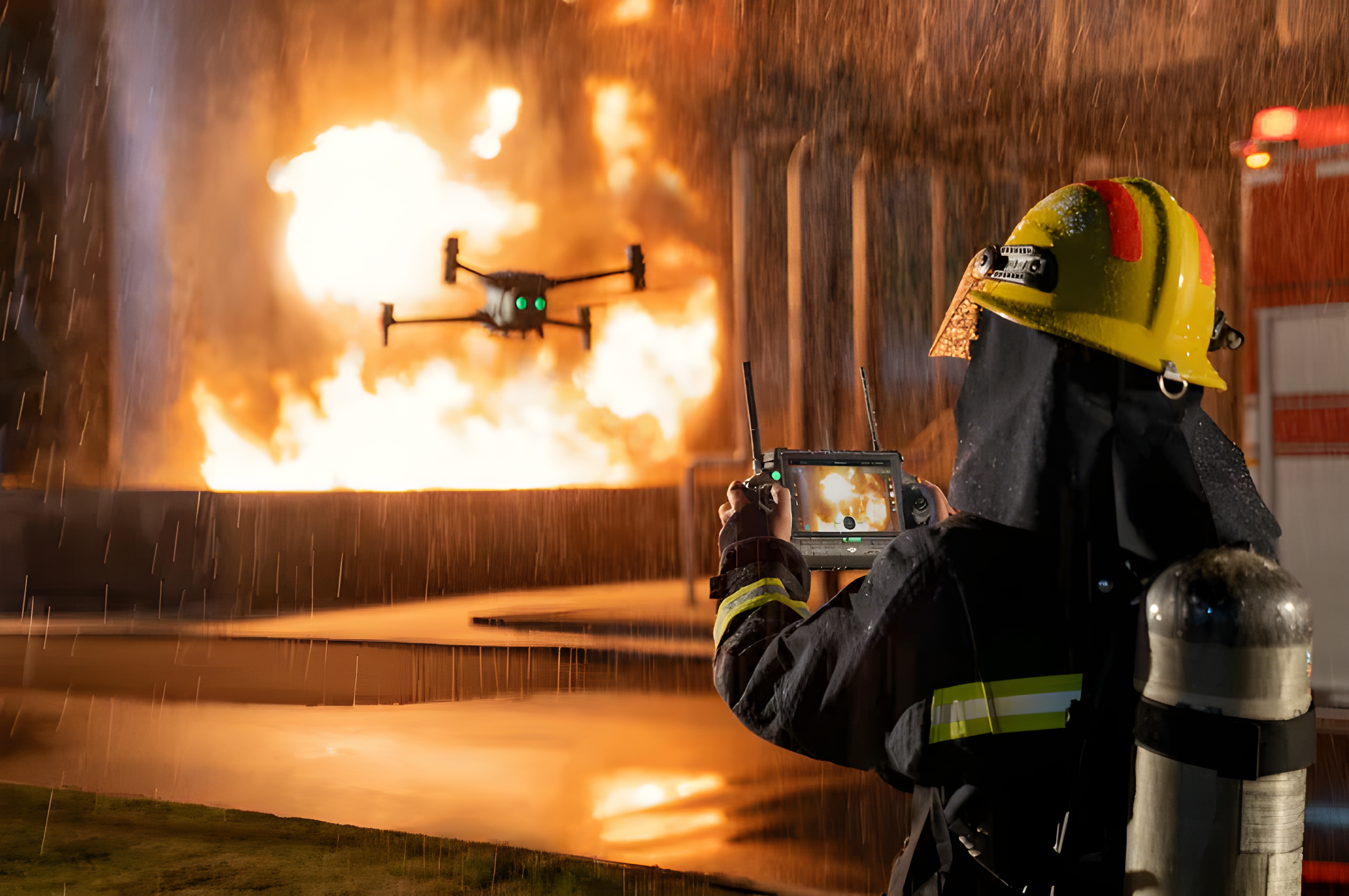Why Drone Certification Matters
It’s tempting to think that flying a drone is simply about handling controls and capturing footage. But for first responders, the stakes are much higher. Drone certification represents a commitment to mastering complex skills that go far beyond basic piloting. Certified operators understand the nuances of airspace rules, emergency protocols, and risk management that ensure every flight is both legal and safe.
Certification also bridges the gap between technology and real-world application. It ensures that the drone isn’t just another gadget but a precise tool that integrates smoothly with firefighting tactics and emergency response strategies. Without proper certification, drone use can introduce liabilities and confusion, especially during high-pressure situations where clear communication and predictable behavior are critical.
Moreover, certified operators are trained to anticipate unexpected challenges — from sudden weather shifts to mechanical glitches — and respond effectively. This preparation minimizes mission disruptions and safeguards both the team and the public. For Local 1329, drone certification isn’t just a technical credential; it’s a vital part of upholding the highest standards of professionalism and care in service.
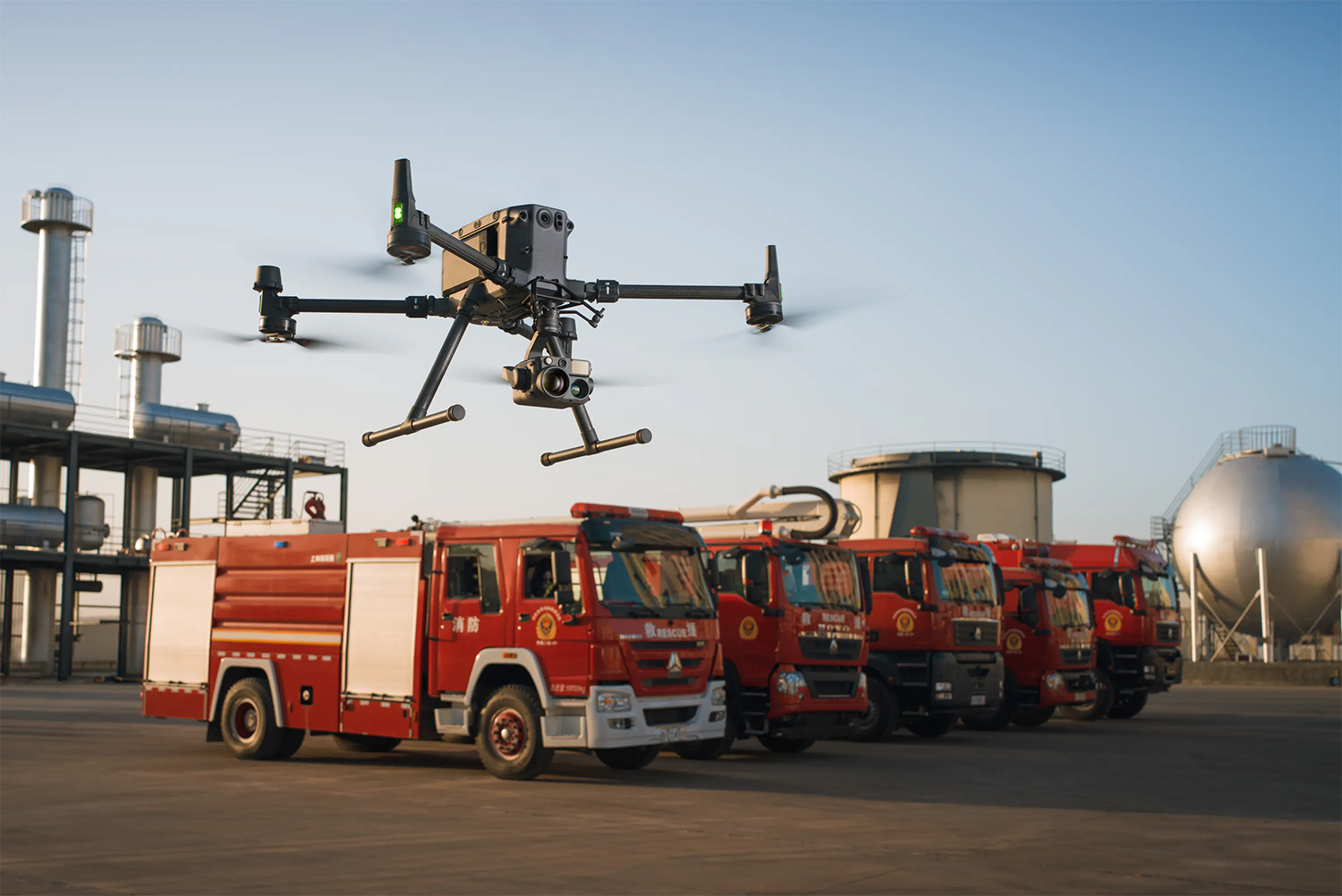
The difference between a good drone operator and a certified one is the ability to turn technology into lifesaving action without hesitation.
The Growing Role of Drones in Firefighting and Rescue
Over the past decade, drones have rapidly evolved from niche gadgets to indispensable tools in firefighting and rescue operations. Their ability to provide aerial perspectives gives crews critical information that can’t be captured from the ground. Whether it’s assessing the spread of a wildfire, locating trapped victims, or identifying structural weaknesses in burning buildings, drones extend the eyes and ears of first responders.
This expanding role also means firefighters need to adapt their tactics and training. Integrating drones into incident command improves decision-making speed and accuracy, allowing teams to allocate resources more effectively. The immediacy of real-time video feeds helps commanders anticipate hazards and adjust strategies on the fly, potentially saving lives and property.
Local 1329 has embraced this technology as part of its commitment to innovation and safety. But with increased use comes the responsibility to maintain strict operational standards. Proper drone deployment ensures that these devices complement, rather than complicate, the work on the ground, reinforcing the overall effectiveness of emergency response efforts.
In emergencies, every second counts — drones deliver crucial intel that changes outcomes before firefighters even step through the door.
Overview of the Certification Process
Becoming a certified drone operator is far more than just passing a written test. The process is designed to prepare first responders with the practical skills and knowledge necessary to handle drones safely and effectively in complex, high-stakes environments. It typically begins with classroom instruction covering federal aviation regulations, airspace classifications, and safety protocols specific to emergency services.
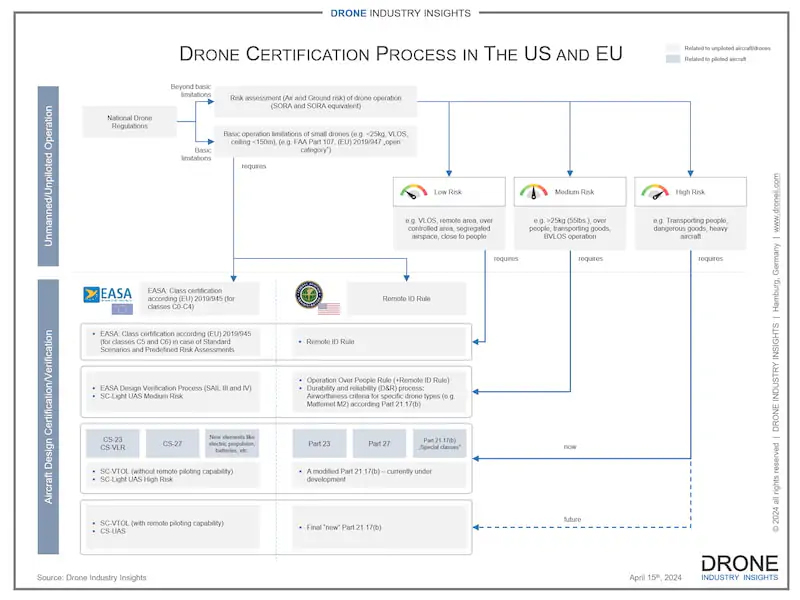
Next comes hands-on flight training, where operators learn to maneuver drones under various conditions, including low visibility, confined spaces, and around obstacles commonly encountered during fire and rescue operations. This stage also emphasizes emergency procedures, such as safely landing a drone during equipment failure or sudden weather changes.
The certification culminates in a practical exam, testing both the technical flying skills and decision-making abilities of the operator. Local 1329 ensures its members are well-prepared for these challenges through ongoing refresher courses and scenario-based drills, keeping everyone sharp and mission-ready.
Certification is the bridge that turns a drone pilot into a trusted partner on the frontline of emergency response.
Real-Life Impact: How Certification Enhances Safety and Efficiency
Certification isn’t just a checkbox—it directly influences how drones are used in critical moments. Certified operators bring a deep understanding of both technology and tactics, which translates into safer, more efficient missions. In chaotic situations like large fires or flood rescues, the ability to quickly deploy a drone and interpret its data can mean the difference between success and disaster.
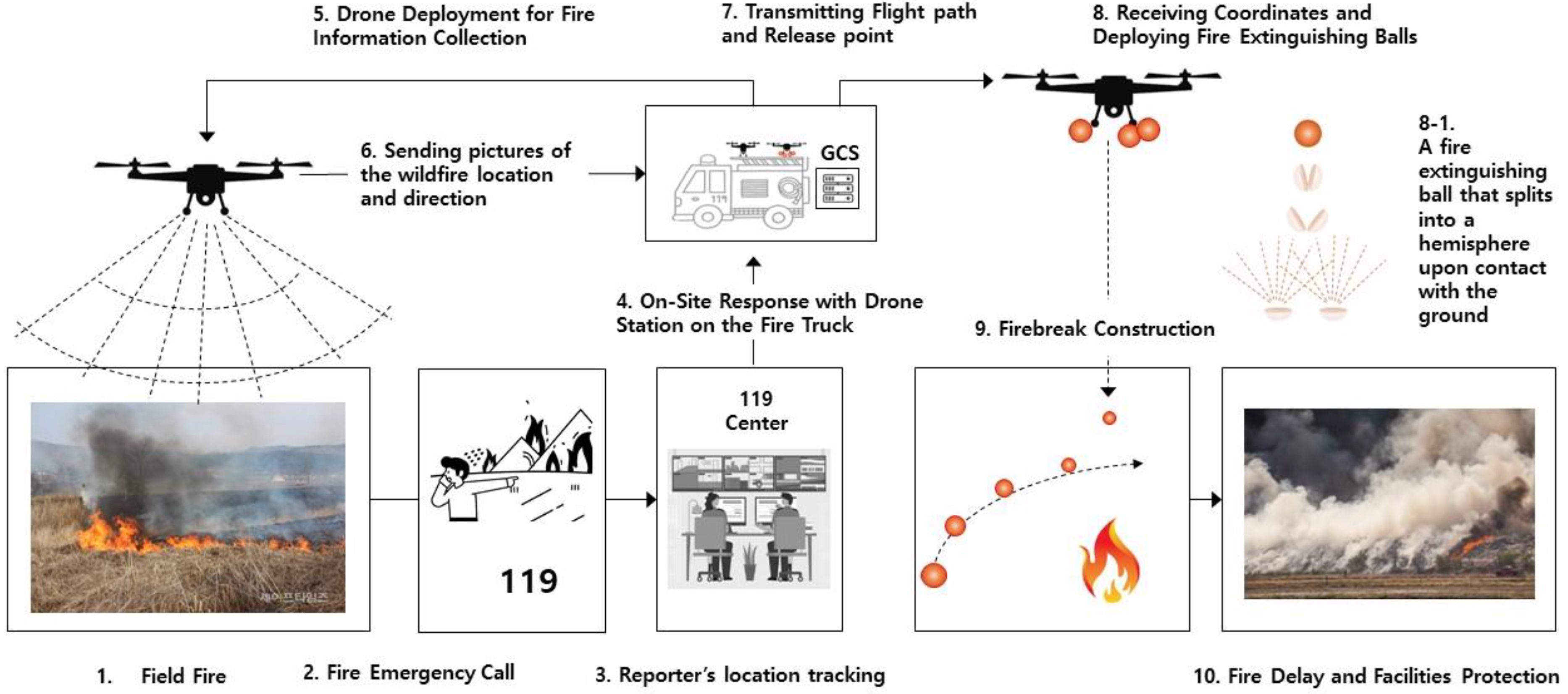
Through certification, operators learn to avoid common pitfalls—such as interference with manned aircraft, improper battery management, or violation of no-fly zones—that could jeopardize an entire operation. This expertise reduces risks not only to firefighters but also to civilians and other emergency teams working nearby.
Local 1329 has witnessed firsthand how certified drone pilots streamline communication and situational awareness on the ground. Their skillful use of drones helps commanders make informed decisions faster, ultimately enhancing the overall safety and effectiveness of firefighting and rescue efforts.
When every move counts, a certified drone operator’s precision is a lifesaving asset in the field.
Challenges and Rewards of Becoming a Certified Drone Operator
Taking on drone certification is no small feat, especially for firefighters who already carry heavy responsibilities. The learning curve can be steep: mastering flight controls, understanding aviation laws, and integrating drone operations into emergency protocols demand time and dedication. Many firefighters find juggling these new skills alongside their demanding schedules to be a real test of commitment.
Moreover, the pressure to perform flawlessly during critical moments adds another layer of challenge. Operating a drone in an emergency isn’t like flying for fun—there’s no room for error when lives and property are at stake. The mental focus required to navigate complex environments, communicate with team members, and manage equipment malfunctions can push even seasoned firefighters beyond their comfort zones.
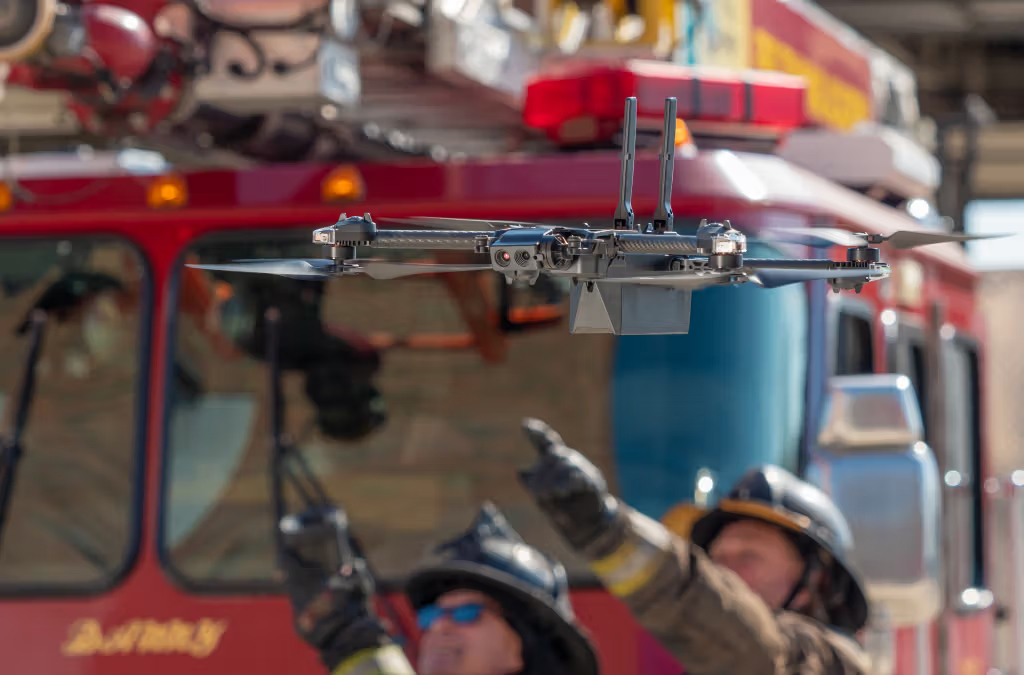
But with these challenges come significant rewards. Becoming certified opens doors to a new dimension of firefighting, empowering operators to contribute in unique ways. It builds confidence not just in flying drones but in making quick, informed decisions that affect entire teams. For many in Local 1329, the certification journey fosters a stronger sense of pride and camaraderie, knowing they’ve gained a skillset that directly supports lifesaving missions.
Certification also enhances career prospects, positioning firefighters as leaders in innovative emergency response techniques. The satisfaction of mastering cutting-edge technology and seeing its real impact on the job makes the hard work well worth it.
Challenges test our limits, but the rewards remind us why we serve—prepared, capable, and united.
Future Outlook: What’s Next for Drone Use in Local 1329
The horizon for drone technology in firefighting keeps expanding, and Local 1329 is right at the forefront of exploring these possibilities. As drones become more advanced, the department is looking beyond basic aerial reconnaissance toward integrating artificial intelligence and automated systems to enhance mission outcomes. This could mean drones that autonomously map fire perimeters, detect hotspots, or even deliver emergency supplies in hard-to-reach areas.
Another exciting avenue involves improved collaboration between drones and other smart devices worn by firefighters. Imagine real-time data sharing that not only monitors the environment but also tracks firefighters’ vital signs, alerting command centers to potential dangers before they become critical. This level of integration would create a more dynamic, responsive, and safer firefighting environment.
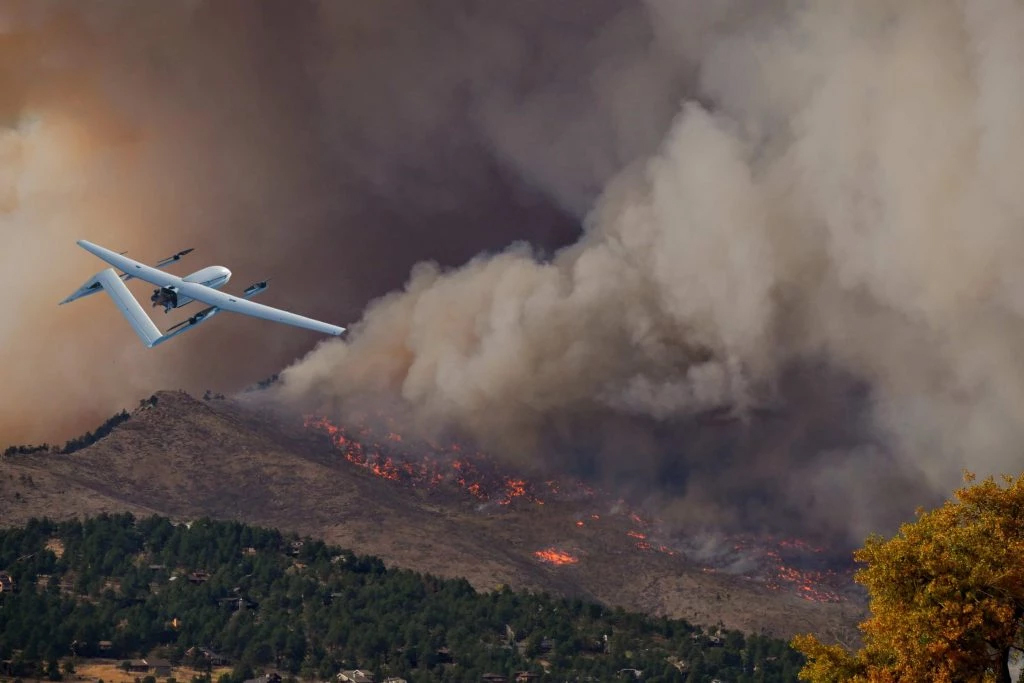
Local 1329 is also investing in expanding training programs to include virtual reality simulations, allowing firefighters to practice drone operations in lifelike emergency scenarios without real-world risks. These immersive experiences aim to sharpen skills and prepare teams for unpredictable conditions.
While technology advances, the human element remains central. The department is committed to balancing innovation with hands-on expertise, ensuring that drones serve as reliable partners rather than distractions. With continued support and adaptation, drones will increasingly shape how Local 1329 protects the community in the years ahead.
Technology evolves fast, but the spirit of service guides how we harness it for the greater good.
Reflecting on the Journey
Looking back on how drone technology has woven itself into the fabric of Local 1329’s operations, it’s clear this has been more than just a technical upgrade. It’s a story of adaptation, perseverance, and growth for everyone involved. From the first hesitant flights to the confident, precise missions today, each step has been marked by learning and teamwork.
For many firefighters, embracing drones meant stepping outside their traditional roles and challenging themselves to master new tools under pressure. It required patience and the willingness to experiment, sometimes facing setbacks but always pushing forward. These experiences have strengthened bonds within the department, creating a shared sense of accomplishment that goes beyond any single rescue or fire.
Reflecting on this journey also highlights how technology can deepen our commitment to service. The drones don’t replace the firefighter’s bravery or judgment — they extend it, offering new perspectives and capabilities that save lives. As Local 1329 continues to grow alongside this evolving technology, the path ahead looks promising, rooted in both innovation and dedication.
Our journey with drones is a testament to resilience—embracing change while holding tight to what truly matters.

